Visual3D Tools Introduction
This tutorial series teaches specific tools that will help you get the most out of Visual3D. Request a topic!
A series exploring the many options available in Visual3D and showing how to use the tools to get the most out of your data.
For more information or to request a topic visit the Visual3D Tools main page.
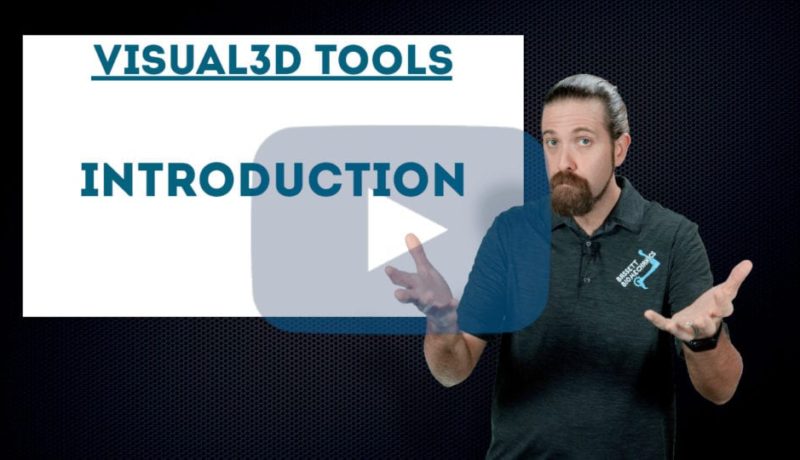
This tutorial series teaches specific tools that will help you get the most out of Visual3D. Request a topic!
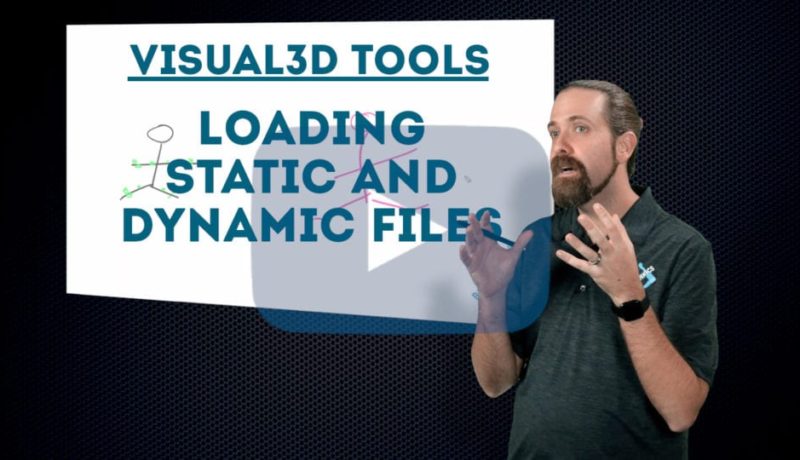
Dynamic motion capture files are often accompanied by static files, which are used to create biomechanical models of the subject. This tutorial shows how to load both types of files and link them to each other in Visual3D.

This tutorial demonstrates how to define a basic segment in Visual3D using markers on the inner (medial) and outer (lateral) sides of each end.
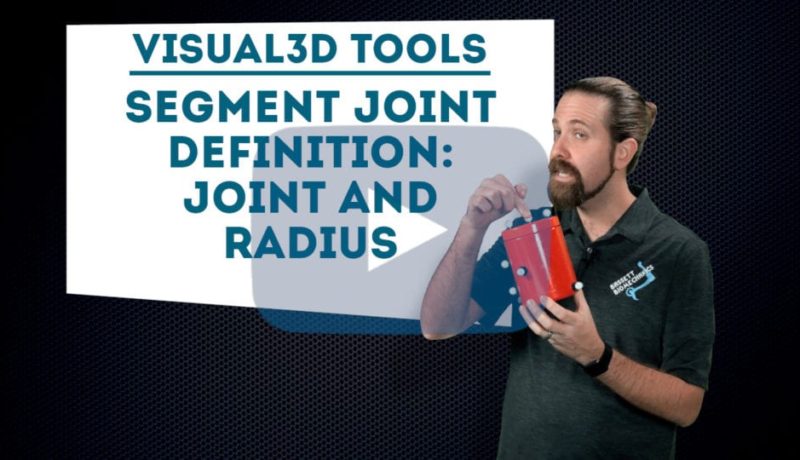
This tutorial explains how to define the end of a segment in Visual3D using only the joint center and radius instead of medial and lateral markers.
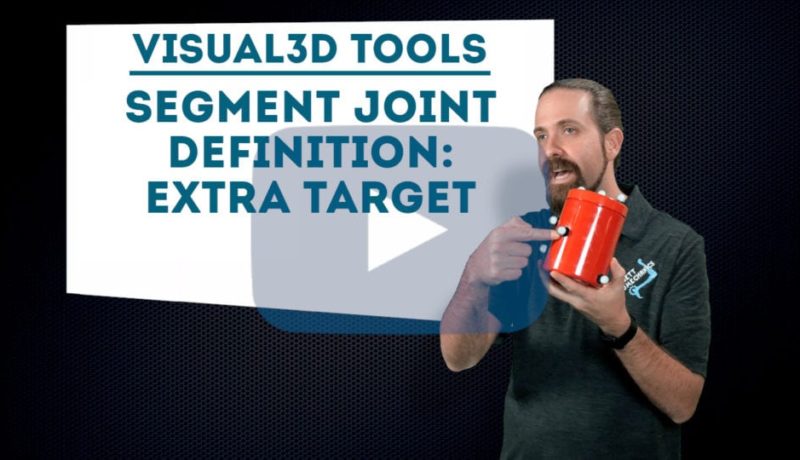
In Visual3D, each end of a segment can be defined with a single marker and the joint radius, but you will need a third point to track the segment’s orientation.
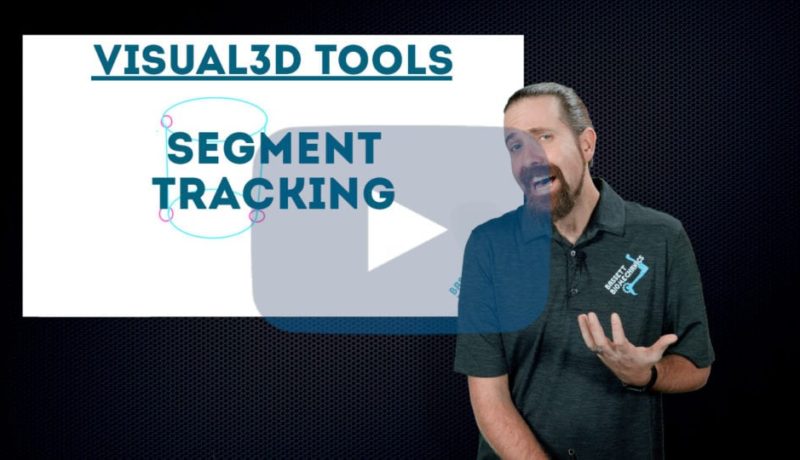
This tutorial shows how to track a segment in Visual3D using a separate set of markers from the ones used to define the segment. This can solve problems like skin movement artefact and camera occlusions.
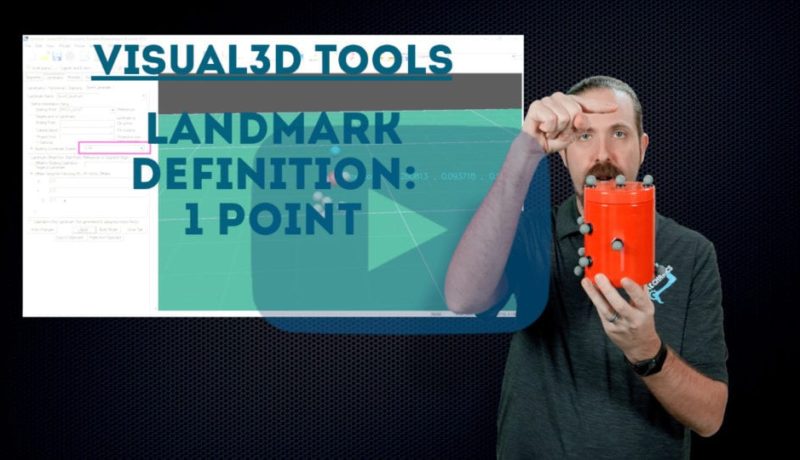
Not all points of interest for motion capture can be tracked by markers. This video explains how landmarks solve this problem and shows how to use Visual3D to define a landmark using a single point.

This tutorial shows how to track a point of interest located on a line between two other points. This is useful for tracking points that cannot be directly defined by markers, such as the knee joint center.

This tutorial shows how to define a landmark in 3D space in Visual3D. When you use three points for reference, you can specify offsets along the X, Y, and Z axes, giving you full control over where in virtual space to place your landmark.
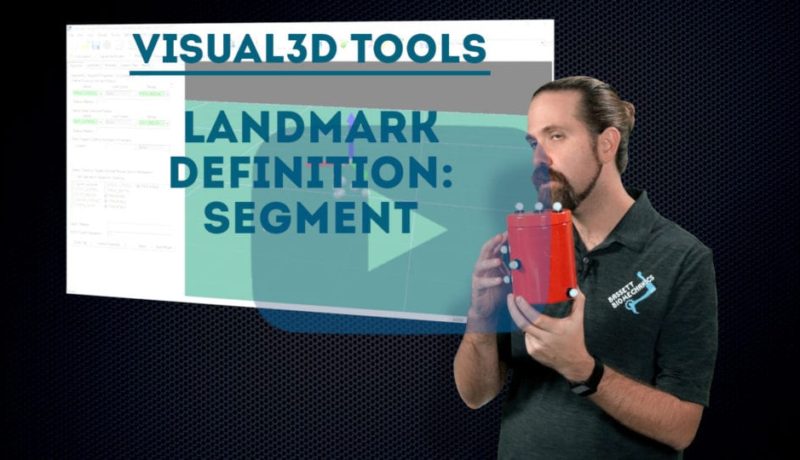
This tutorial shows you how to define a landmark using the coordinate system of an entire segment. This can be useful when definition markers might become occluded or when the landmark doesn’t correspond to existing points.